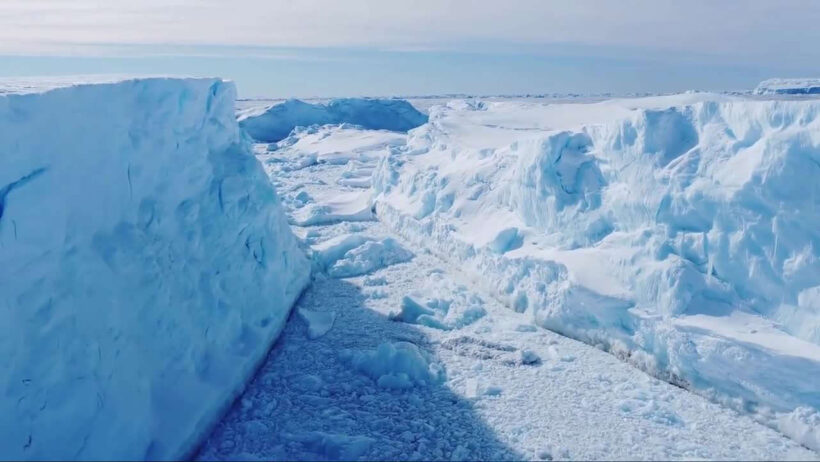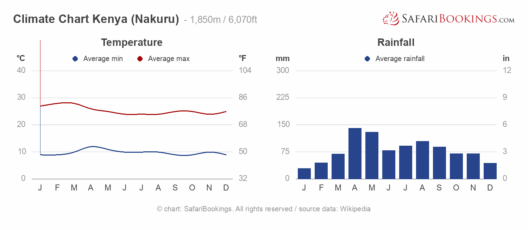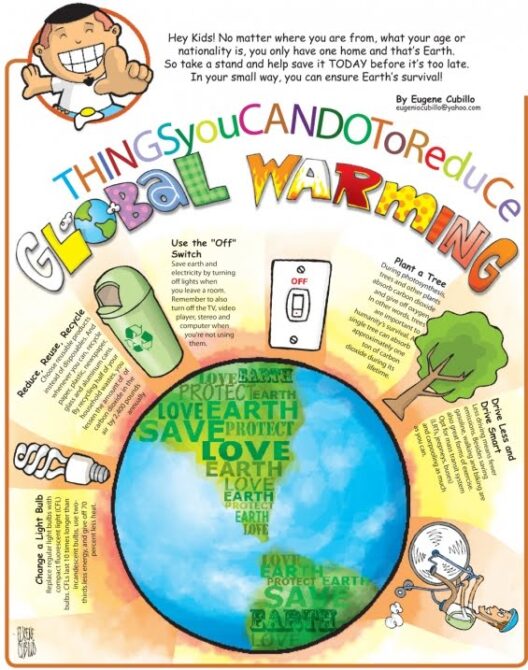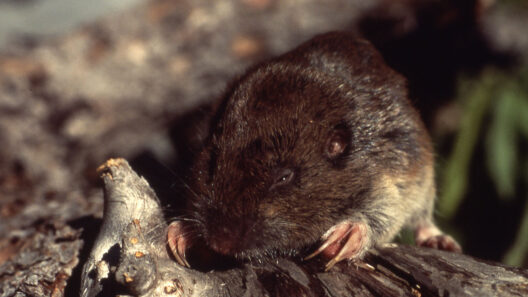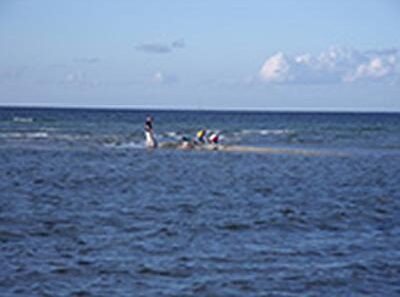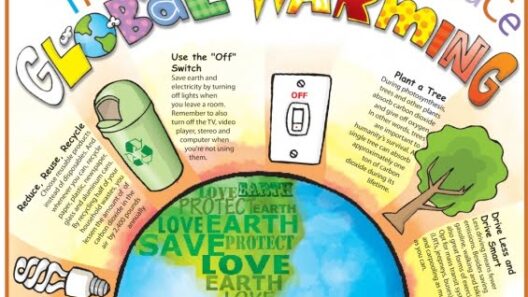Siberia, the vast expanse stretching across northern Russia, is often perceived as an inhospitable land of perpetual frost and desolation. However, the narrative that has long characterized this region is undergoing a profound transformation. As the ramifications of global warming escalate, Siberia is experiencing an unprecedented thaw, unraveling the effects of climate change on this frozen frontier. This discourse will delve into various facets of Siberia’s thaw, illustrating how it influences ecosystems, global climate patterns, and even human civilization.
The immediacy of Siberia’s thaw is conspicuous. According to scientists, the permafrost—a layer of soil that has remained frozen for at least two consecutive years—is melting at alarming rates. This phenomenon can be attributed to rising global temperatures, where estimates suggest an increase of over 2 degrees Celsius since the late 19th century. This thaw is not merely superficial; it exposes a multitude of ecological consequences, impacting both flora and fauna that are uniquely adapted to frigid conditions.
The flora of Siberia plays a significant role in its ecological framework. Under normal circumstances, the region’s tundra, replete with hardy mosses and lichens, thrives in low temperatures. However, as the permafrost begins to melt, new ecological niches emerge. These areas become suitable for boreal forests—the same forests that thrive in milder temperate zones. This shift not only alters the landscape but also invites a plethora of new species. While this may suggest a burgeoning biodiversity, it raises alarm bells regarding existing ecosystems that might fall victim to invasive species, disrupting centuries of ecological balance.
Moreover, the fauna that inhabits Siberia faces similar upheavals. Local wildlife, including species like the snow owl and the Siberian musk deer, relies on stable, cold habitats for survival. As the region warms, these species are forced to adapt, migrate, or face extinction. Wildlife corridors may develop as species seek balance in an ever-changing environment, but the ability to migrate is impeded for many animals, particularly those already facing territorial constraints. The intricacy of these interconnections exemplifies the web of life that is at risk.
Beyond the immediate ecological repercussions, the thawing of Siberia has wider implications for global climate patterns. Permafrost acts as a natural carbon sink, containing vast stores of carbon dioxide and methane—greenhouse gases that exacerbate global warming. Research indicates that as permafrost thaws, it releases these gases into the atmosphere, creating a vicious cycle of warming. Projections suggest that the release of carbon from melting permafrost could account for up to 30% of the carbon emissions needed to meet ambitious climate goals. The potential feedback loop of releasing greenhouse gases is an ominous reality, drawing attention to the urgency of tackling climate change on a global scale.
The socio-economic ramifications of Siberia’s thaw are equally concerning. Indigenous communities, whose livelihoods are intricately linked to the land, face dramatic changes to their environment. The melting tundra compromises traditional hunting and fishing practices, forcing indigenous peoples to adapt quickly to a rapidly changing landscape. This encroachment upon their way of life raises ethical dilemmas and questions about food security and cultural preservation. Local economies, heavily reliant on natural resources, must grapple with shifting stability as conditions become increasingly erratic.
Moreover, Siberia is rich in natural resources, including oil and gas. The thaw presents opportunities for resource extraction that were previously untapped due to the inhospitable conditions. This paradox poses a dilemma; while it may bolster economic growth, it also intensifies ecological degradation. The potential exploitation of fossil fuels threatens to release significant greenhouse gases, counteracting any benefits derived from resource extraction. The complex interplay between economic gain and environmental preservation represents a pivotal juncture in the discourse on sustainability.
Adaptation strategies emerge as essential measures in response to the challenges posed by climate change in Siberia. Innovative approaches, ranging from sustainable development initiatives to collaborative conservation efforts, strive to mitigate the adverse effects of the thaw. Integration of traditional knowledge from indigenous communities offers valuable insights into sustainable land practices. Furthermore, international collaboration is crucial in addressing the transboundary nature of climate change, necessitating a united approach towards finding solutions that prioritize both people and the planet.
The global community’s responsibility is clear. Awareness and engagement in mitigating climate change are paramount as the transformation of Siberia serves as a stark reminder of the urgent necessity to confront environmental degradation. Individuals, organizations, and governments must unify their efforts to reduce carbon footprints, adopt renewable energy solutions, and push for policy changes that prioritize the health of our planet.
As Siberia continues to thaw, it presents both a cautionary tale and an opportunity for reflection. The melting of the permafrost is emblematic of the broader challenges of climate change, intertwining ecological, socio-economic, and geopolitical threads. By taking decisive action and fostering global cooperation, there lies the potential to forge a path toward a more sustainable future.



